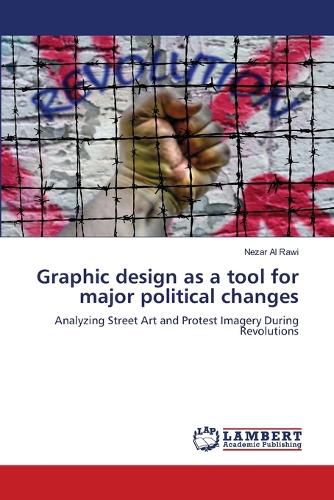Readings Newsletter
Become a Readings Member to make your shopping experience even easier.
Sign in or sign up for free!
You’re not far away from qualifying for FREE standard shipping within Australia
You’ve qualified for FREE standard shipping within Australia
The cart is loading…






This title is printed to order. This book may have been self-published. If so, we cannot guarantee the quality of the content. In the main most books will have gone through the editing process however some may not. We therefore suggest that you be aware of this before ordering this book. If in doubt check either the author or publisher’s details as we are unable to accept any returns unless they are faulty. Please contact us if you have any questions.
The Arab Spring revolutions, which began in 2010, profoundly transformed the political landscape of the Middle East as a popular response to the lack of development, the decline of liberation projects, and the failure of particular Arab governments to ensure prosperity, stability, and social justice. These uprisings emerged from widespread frustration with authoritarian leaders who prioritized self-glorification, supported by oppressive security systems and tools of repression. Those Arab regimes also restricted rights and controlled narratives through propaganda-driven media while allying with religious groups to maintain power. This political stagnation, economic crisis, and censorship limited the ability to express aspirations of freedom and justice. In this context, visual arts emerged as a vital medium for channeling dissent and organizing protests. Social media and artistic expressions such as street art, graphics, and digital design provided safe and accessible platforms for communication. These artistic expressions not only documented and amplified the revolutions but also became symbols of hope in the fight for a new era of freedom and justice.
$9.00 standard shipping within Australia
FREE standard shipping within Australia for orders over $100.00
Express & International shipping calculated at checkout
This title is printed to order. This book may have been self-published. If so, we cannot guarantee the quality of the content. In the main most books will have gone through the editing process however some may not. We therefore suggest that you be aware of this before ordering this book. If in doubt check either the author or publisher’s details as we are unable to accept any returns unless they are faulty. Please contact us if you have any questions.
The Arab Spring revolutions, which began in 2010, profoundly transformed the political landscape of the Middle East as a popular response to the lack of development, the decline of liberation projects, and the failure of particular Arab governments to ensure prosperity, stability, and social justice. These uprisings emerged from widespread frustration with authoritarian leaders who prioritized self-glorification, supported by oppressive security systems and tools of repression. Those Arab regimes also restricted rights and controlled narratives through propaganda-driven media while allying with religious groups to maintain power. This political stagnation, economic crisis, and censorship limited the ability to express aspirations of freedom and justice. In this context, visual arts emerged as a vital medium for channeling dissent and organizing protests. Social media and artistic expressions such as street art, graphics, and digital design provided safe and accessible platforms for communication. These artistic expressions not only documented and amplified the revolutions but also became symbols of hope in the fight for a new era of freedom and justice.